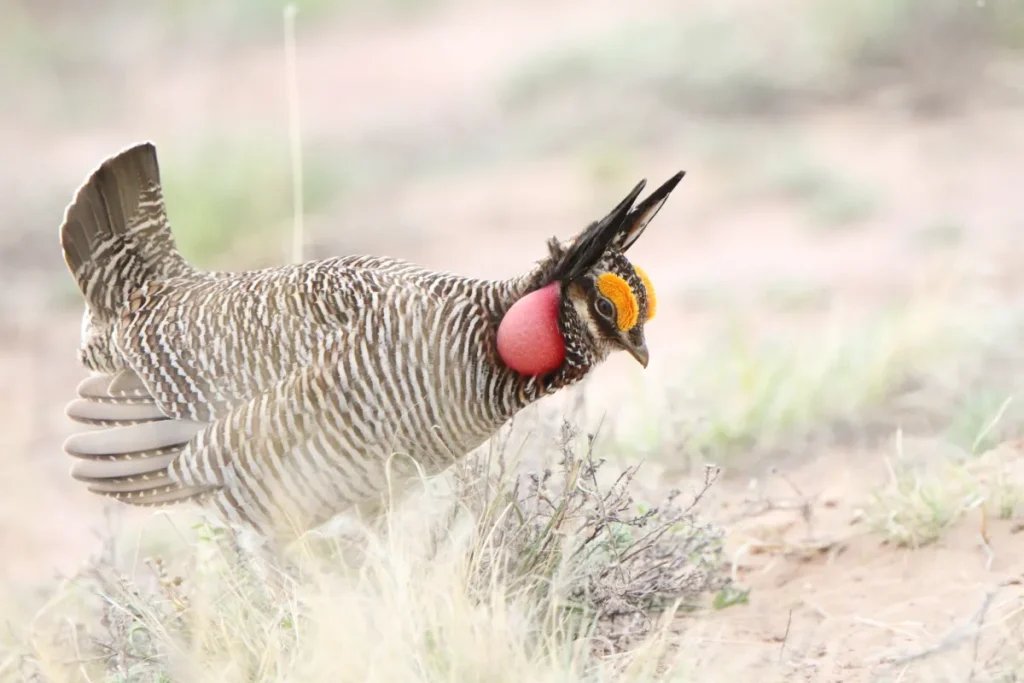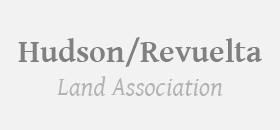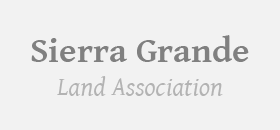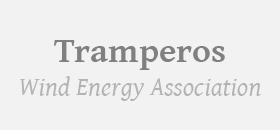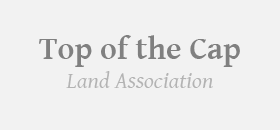URGENT REQUEST
URGENT REQUEST FOR ACTION FROM MEMBERS
CRELA’S Position Letter to U.S. Fish & Wildlife Service (USFWD) is below.
We are requesting that you read our letter, adapt it into your own words, then send your letter to USFWS.
You can find contact information for USFWS at the top of the attached letter.
The Lesser Prairie Chicken (LPC) as a threatened and endangered species by United States Fish and Wildlife Service (USFWS) was finalized at the end of November 2022.
Background:
- The New Mexico State Land Office (NMSLO) entered into a Candidate Conservation Agreement (CCAA) with Center of Excellence (CEHMM) in 2004 (attachment below) to provide protections for their lessee’s activities regarding the prior listing of the LPC in 2014. In 2015 that listing was overturned, but the CCAA remained in place. The recent listing of the prairie chicken and its habitat are covered under that 2004 agreement.
- The current listing goes in effect January 24, 2023. This gives landowners and lessees an opportunity to enroll their lands until January 23, 2023. The attached map generally shows the various categories of habitat as associated with the New Mexico State Land Office (NMSLO) CCAA that depicts the historical habitat of the Lesser Prairie chicken.
- Also, there is a map from the current listing documents that show the current habitat and area. It is unclear if defined boundaries will be allowed to ebb and flow with population changes.
- An executive summary of the current rule is at the end of the email, as well as a pdf of the entire rule, various maps, and applications to CEHMM for enrollment. As a landowner you have options. There are pros and cons of the various options we are aware of at this time.
Enrollment of private, state, and federal leaseholders in the CCAA programs:
Enrolling your ranch involves completion of the attached applications. CEHMM will work with you to develop conservation and management practices that are for the protection of the bird. The attached Certificate of Participation (for Federal Lands) and Certificate of Inclusions (For Private and State) detail the extent of management practices that will be expected.
Positives -This will give you protections from an incidental take of habitat or animal. CEHMM offers some cost share money on development of management practices that meet the guidelines for habitat conservation, as well as the NMSLO has some money available for land restoration programs (mainly mesquite control).
Negatives – While the program is voluntary, noncompliance can remove your protections from incidental takes. The program does not protect against knowingly violating the Endangered Species Act. The program involves an additional layer of oversight in your management of your ranch.
Continue operations without any involvement with CCAA programs
It is important to locate your operations on the two attached maps to assess your exposure to risk of an incidental take:
- If your operations lie within the grey shaded areas on the Federal Rule LPC Eco-Region, you may have risk of a habitat take if you alter the landscape in any way that is determined detrimental to the LPC by USFWS. Implications of a take can vary from fines to imprisonment- based on the determination if the take is incidental or considered a knowing violation of the act. This map is what USFWS will use in their protective efforts for the chicken. As stated earlier – it is unclear if these areas are solid or fluid with the changes in habitat over the years.
- The other map shows a much larger area and is the historic range of the LPC. If USFWS allows the determination of the Eco-Region to fluctuate with populations, some of this land, not currently in the grey hatched area (from the Federal Eco-Region Map) may become protected habitat and the opportunity to enroll will have already passed.
PLEASE SHARE THIS EMAIL WITH YOUR MEMBERS/FRIENDS.
Summary of the Current Listing from USFWS with Habitat Map:
Below is the executive summary of the final rule. Included is a pdf of the rule if you would like to review in its entirety. A primary concern in this listing is that it includes designation of not only the species but also the critical habitat.
Below is an Executive Summary by Galivan Solutions:
Why we need to publish a rule.
Under the Act, a species warrants listing if it meets the definition of an endangered species (in danger of extinction throughout all or a significant portion of its range) or a threatened species (likely to become endangered in the foreseeable future throughout all or a significant portion of its range). If we determine that a species warrants listing, we must list the species promptly and designate the species’ critical habitat to the maximum extent prudent and determinable. We have determined that the Northern Distinct Population Segment (DPS) of the lesser prairie-chicken meets the definition of a threatened species and that the Southern DPS of the lesser prairie-chicken meets the definition of an endangered species; therefore, we are listing them as such and finalizing a rule under section 4(d) of the Act for the Northern DPS. Listing a species as an endangered or threatened species can be completed only by issuing a rule through the Administrative Procedure Act’s rulemaking process.
What this document does.
This rule revises the regulations in title 50 of the Code of Federal Regulations to list the Northern DPS of the lesser prairie-chicken as a threatened species with a rule under section 4(d) of the Act and the Southern DPS of the lesser prairie-chicken as an endangered species under the Act.
The basis for our action.
Under the Act, we may determine that a species is an endangered or threatened species because of any of five factors: (A) The present or threatened destruction, modification, or curtailment of its habitat or range; (B) overutilization for commercial, recreational, scientific, or educational purposes; (C) disease or predation; (D) the inadequacy of existing regulatory mechanisms; or (E) other natural or manmade factors affecting its continued existence. We have determined that both the northern and southern parts of the lesser prairie-chicken’s range are discrete and significant under our DPS Policy and are, therefore, listable entities under the Act. The Southern DPS includes the Shinnery Oak Ecoregion in New Mexico and Texas, and the Northern DPS includes the Sand Sagebrush Ecoregion, the Mixed-Grass Ecoregion, and the Short-Grass/Conservation Reserve Program (CRP) Ecoregion in Texas, Oklahoma, Colorado, and Kansas. These two DPSs together encompass the entirety of the lesser prairie-chicken’s range. The primary threat impacting both DPSs is the ongoing loss of large, connected blocks of grassland and shrubland habitat. The Southern DPS has low resiliency, redundancy, and representation and is particularly vulnerable to severe droughts due to being located in the dryer and hotter southwestern portion of the range. Because the Southern DPS is currently at risk of extinction, we are listing it as endangered.
In the Northern DPS, as a result of habitat loss and fragmentation, resiliency has been much reduced across two of the ecoregions in the Northern DPS when compared to historical conditions. However, this DPS still has redundancy across the three ecoregions and genetic and environmental representation. We expect habitat loss and fragmentation across the Northern DPS to continue into the foreseeable future, resulting in even further reduced resiliency. Because the Northern DPS is at risk of extinction in the foreseeable future, we are listing it as threatened. The section 4(d) rule for the Northern DPS of the lesser prairie-chicken generally prohibits the same activities as prohibited for an endangered species. It includes exceptions from take associated with continuation of routine agricultural practices on existing cultivated lands, implementation of prescribed fire for the purposes of grassland management, and implementation of prescribed grazing following a grazing management plan developed by a Service-approved party.
The above Summary herein was compiled by Gavilan Solutions, through research, personal knowledge and meeting with various parties involved.
Note: CRELA does not endorse or promote Gavilan Solutions or private entities. Part of CRELA’s mission is to provide information to our membership regarding property rights issues.

